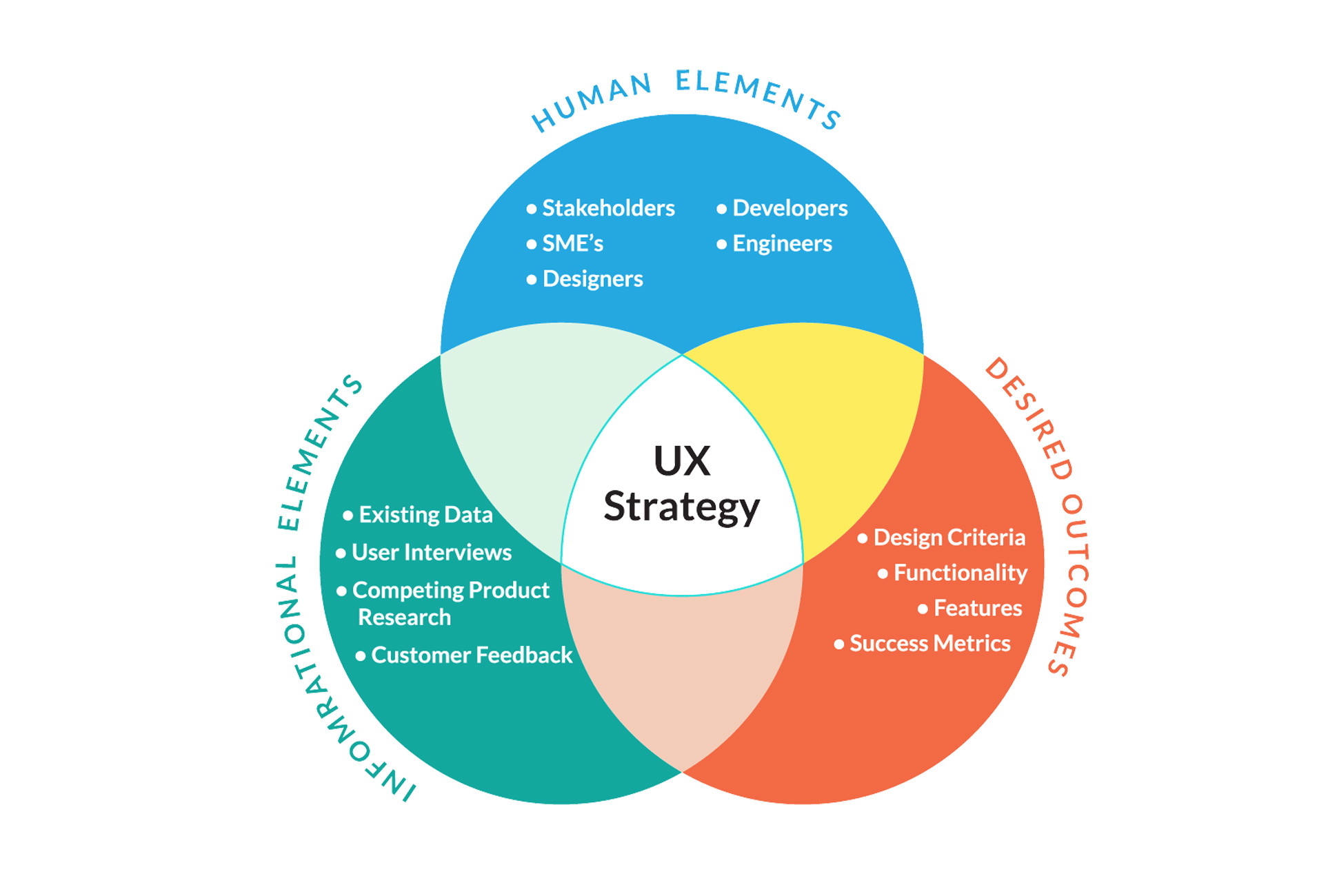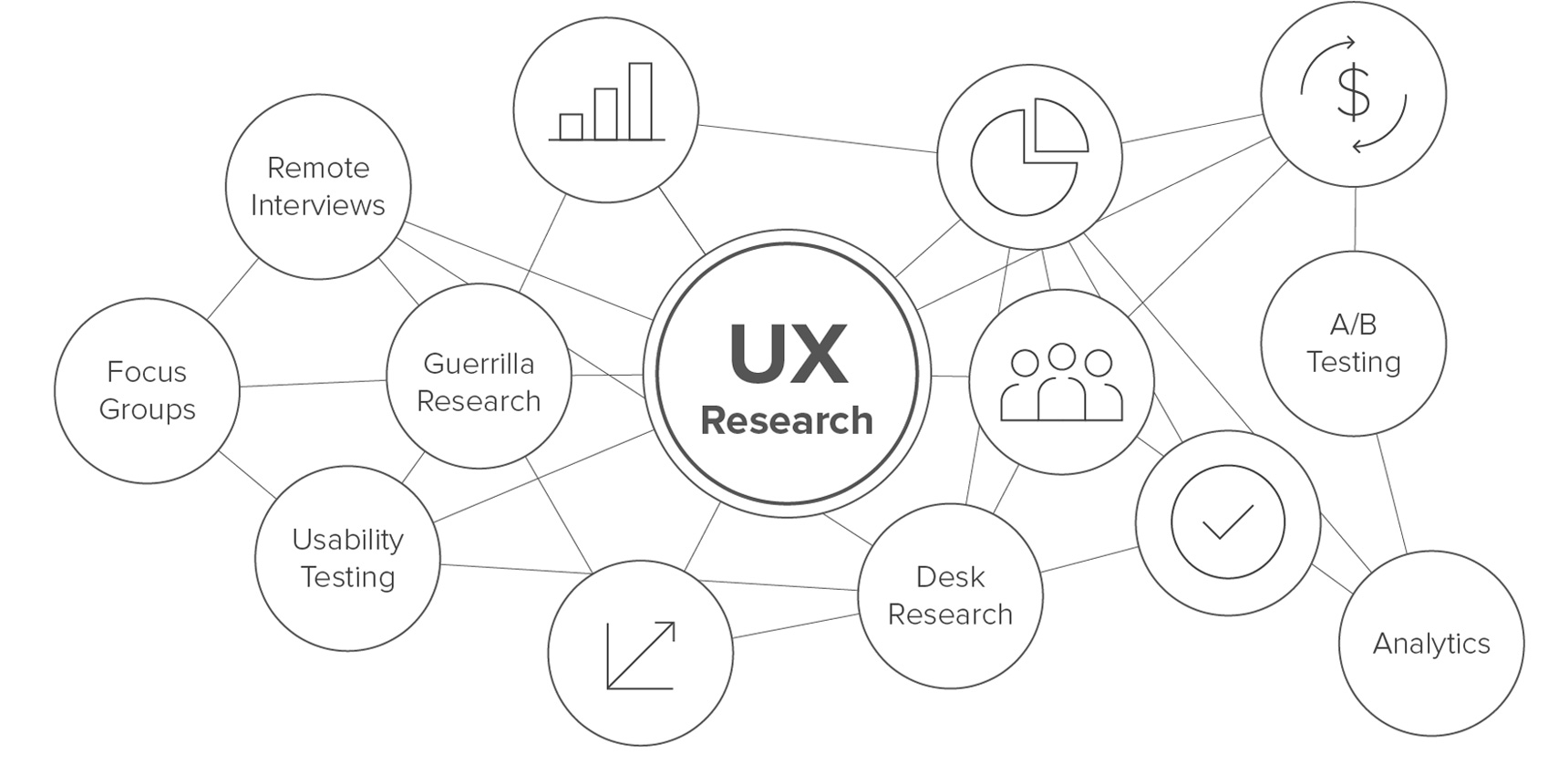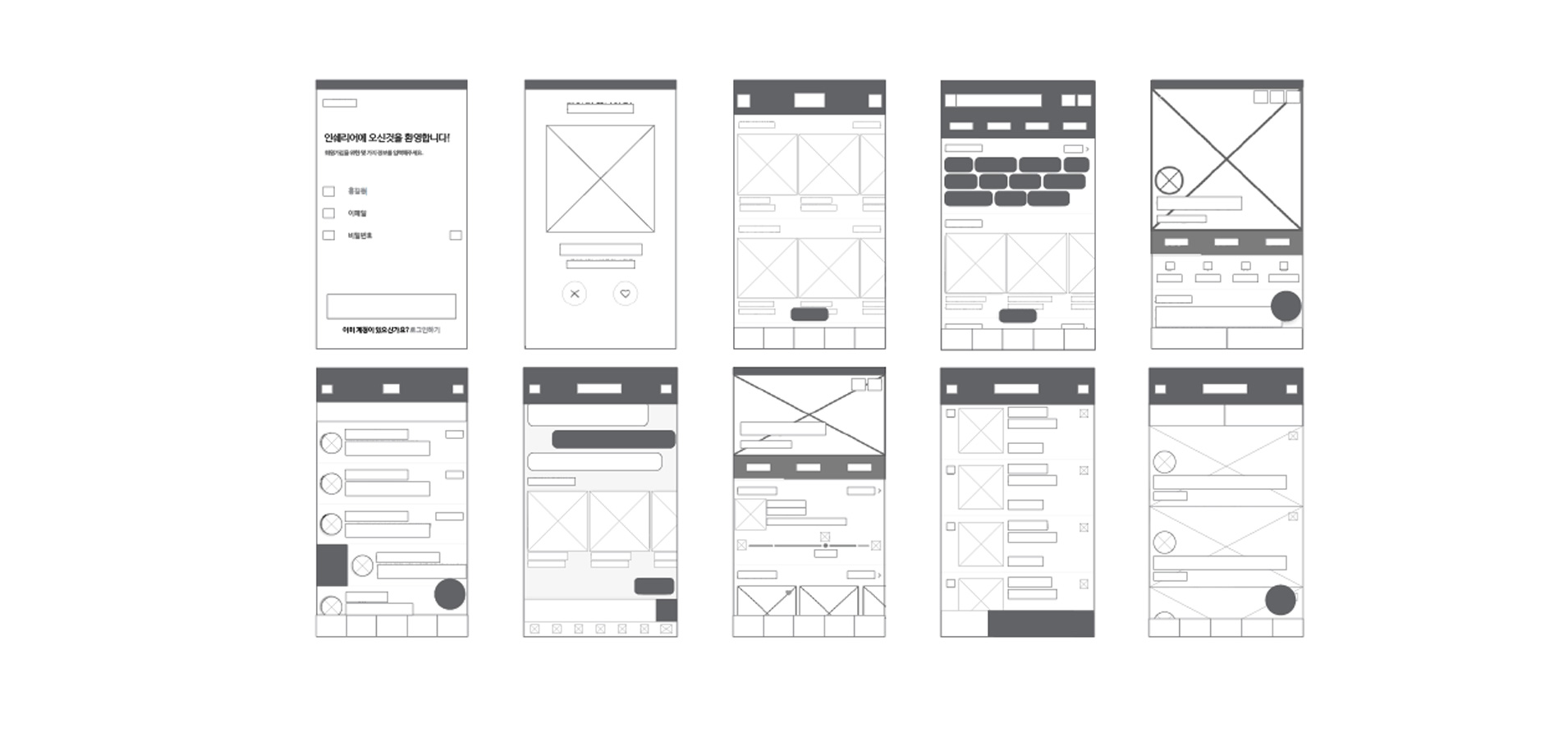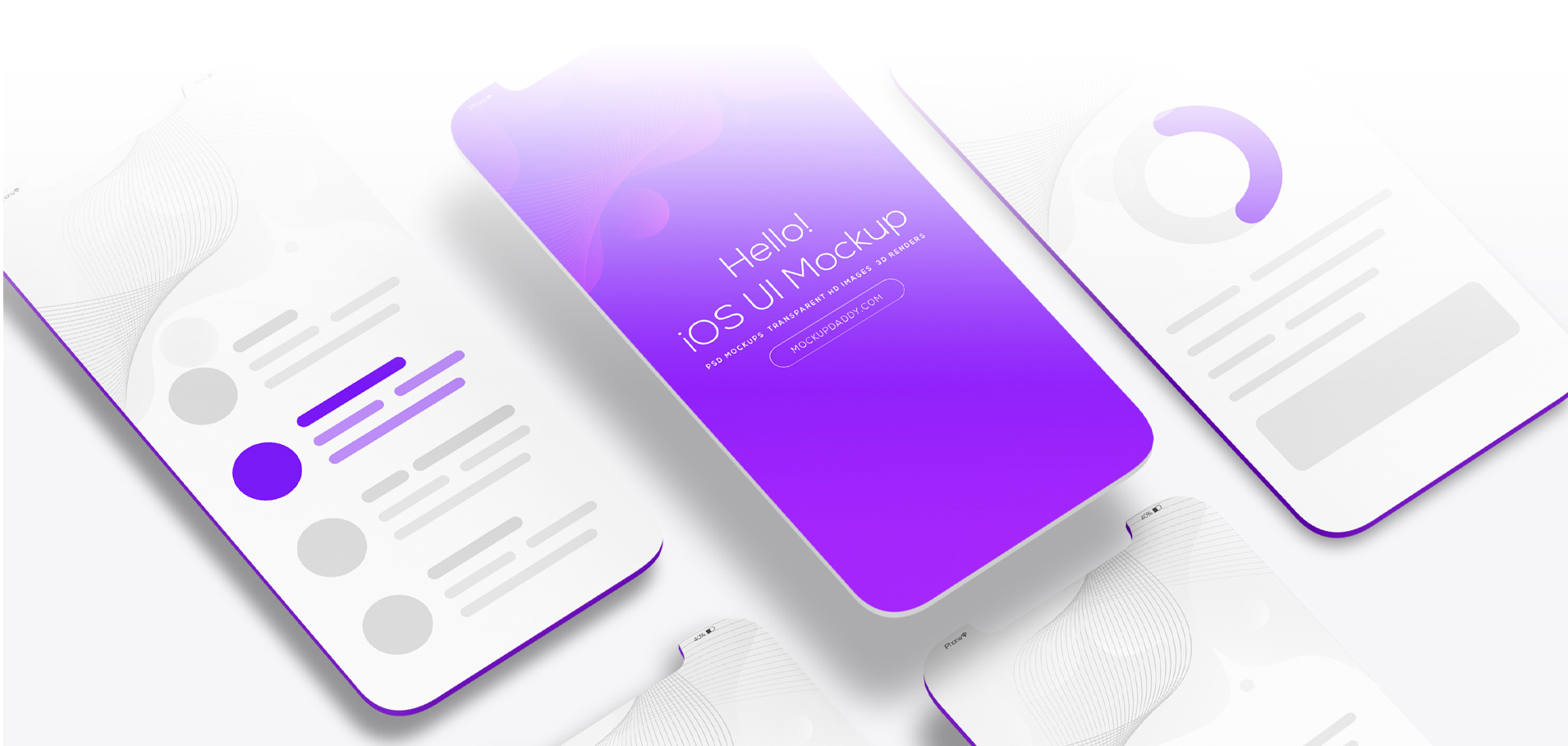
UX PROCESS
STEP 1: STRATEGY
I'm referring to few strategies, such as: Articulating the brand, guiding principals of the project, defining long term goals of the organization, goals of the project, how to measure success of the project and priority of the things to achieve.

STEP 2: RESEARCH
Also referred to as Discovery, this is the most variable characteristic between projects and depending the UX strategy the team and I will be using for your project (Lean UX and Agile UX).
Surprisingly, research has the most tendency to be skipped, but it is the key to creating an informed user experience and what makes a process into a real UX process. Competitor research and user research are two good examples for the use of this characteristic in UX process.

STEP 3: ANALYSIS
Analysis is where the team and I begin to understands the “Why” from “What”.
“What” — the insights from collected data during the research.
“Why” — confirmation of the assumptions made by the UX designer to the end users.
In order to understand “Why” from “What”, we need to capture, organize, and make inferences on the collected data during the research.
This is actually what is done by analysis. Users may tell you the things they think they want directly, but with research findings, you can actually find the things which they are actually in need of. This is what we do with analysis and the team and I communicate our understanding back to the end users, confirming on our assumptions. This is how we introduce improvements to functionality or may be functionality and features directly.

STEP 4: DESIGN
Design is collaborative and iterative. This is a team effort
Collaborative — involves input and ideas from different people. These individuals will be the client, team of developers * designers, and other stakeholders.
Iterative — cycles back upon itself to validate ideas and assumptions.
Design puts ideas in front of users, gets feedback, refines the design and repeats this process until the client and UX designer both are satisfied.
This design does not involve any graphic identity, branding, and visual details because we do not want to distract users from the design of the solution. It only involves the low fidelity designs, such as paper prototypes, interactive wire frames, and semi functioning prototypes.

STEP 5: PRODUCTION
This is where we do the things we didn’t do with the design. High fidelity design is fleshed out at the production. The content and digital assets will be createdalong with graphic identity, branding, and visual details will be added.
Also, this is where we validate the high fidelity design with end users and stakeholders with user testing, along with collaboration of developers.

